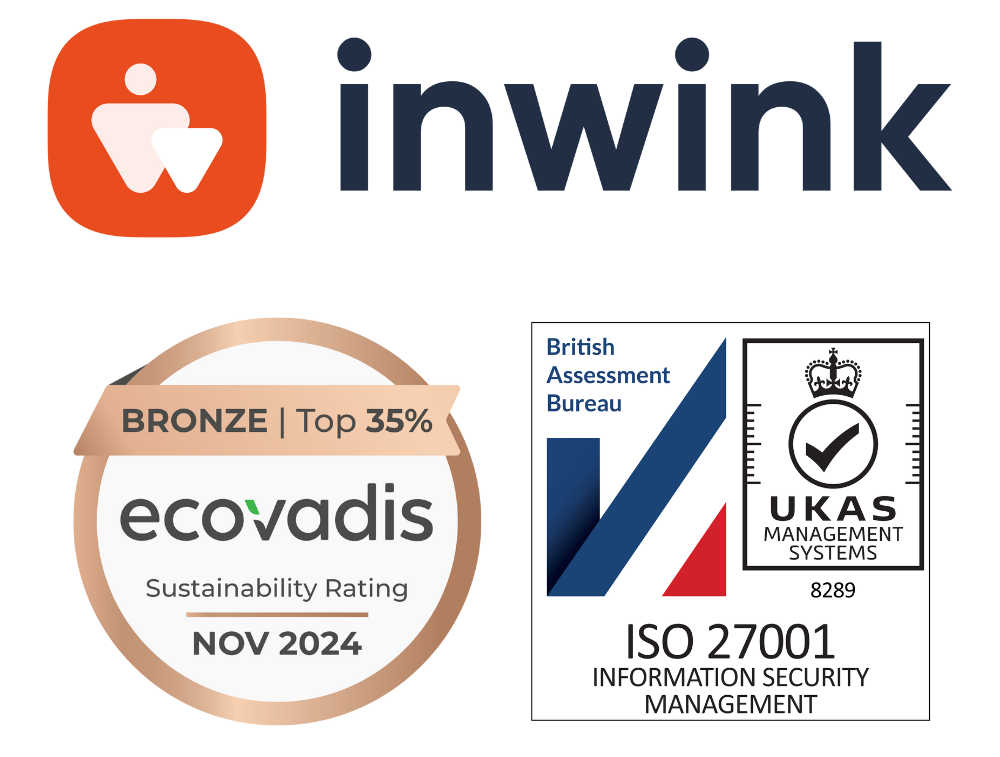You’ve launched online marketing communities with the goal of bringing your audience together in a dedicated space. You do lots of things to keep it alive on a daily basis, but how do you know if these actions have an impact on your members? What are the KPIs to track to determine the effectiveness of your community? And how can you improve these indicators?
We have all the answers in this article.
How can you measure the KPIs of your BtoB marketing communities?
There is a huge number of indicators to track when organizing an event, from the most basic such as the number of registrants or participants, to the more specific according to your objectives: number of business meetings organized, leads generated for your partners, number of replay sessions viewed, etc.
In a community approach, the number of members in your community, from a BtoB point of view, is not a particularly relevant indicator to track. In reality, having 5,000, 10,000 or 50,000 members does not provide any precision on the quality of your members’ engagement.
-
The average revisit frequency of members
The real value of a community is the loyalty of its members and their ability to return.
The first thing to measure is the average revisit frequency of your members. You need to determine on average, how many days your members reconnect to your community space. For an efficient community, it is better to have fewer members who come back once a week, than a large community with members who never log in.
Measuring this indicator is quite simple because a person who is registered on the community is someone who logs into the platform. All the pages, the contents, the interactions they have, are tracked. You therefore obtain extremely precise insights into your members, including the number of connections and as a result, the duration of revisits.
“The goal is that your members come back to your community platform at least once a week. However, the ‘holy grail’ would be to have them visit at least once a day, so that it becomes a reflex for your members, like on a media site.” Florent Santin, CTO at inwink.
-
The visibility of published content
Once you have identified the frequency of revisits, which is the first indicator, you should then determine the visibility of the content published on your community. Essentially, if your members come back to your community website but do not consume the content made available, the purpose of your community remains limited.
It is therefore necessary to work on the relevance of the published content and its reach. Creating content for your community audiences is time-consuming; not measuring their impact is a mistake.
You should focus on writing this content, not promoting it on your online community space. Concentrate your resources on writing value-added content rather than promoting empty articles.
“inwink’s goal is that our customers put all their energy into producing content, not into finding member engagement.” Florent Santin, CTO at inwink.
Measuring the impact of content promoted on your community website is vital, especially if membership is paid. This will allow you to have precise indicators on the types of content that are the most relevant and the themes that are the most appreciated by your members, and also on the possibilities of re-subscription. In fact, if you notice that one of your members does not connect regularly and does not consult any content, then they will not necessarily renew their subscription in the future. You can therefore monitor your activity from these indicators.
For marketing communities where membership is free, this is also an essential indicator because you need to make sure that the content published is relevant in order to convey the desired brand image.
How can you improve your performance thanks to these KPIs?
How do you ensure that your members return to your online community space and consume your published content?
Managing BtoB marketing communities is a constant task for marketing teams. However, publishing content is one thing; making it interactive and visible to your audience is another.
The ultimate goal is for your community space to become a necessity for your members, who will log in frequently and spontaneously. But this is not always the case. You need to set up processes to create interactivity with your members on an ongoing basis.
-
Opt for notifications
To make your content as visible as possible, you can set up a notification system. A notification will be sent to members when there are new publications, new comments or messages received, for example.
-
Foster “live” content
Also, encourage the integration of live content on your community space. This content, such as webinars for example, will encourage your members to (re)connect to your online space. Otherwise, if you use another third-party platform, not connected to your online community spaces, then your members will only consume your content and leave.
If these same webinars are hosted directly on your community website, live, then your audience will already be connected to your platform, and will be able to access other articles, documents, sessions, and even network with people with similar interests.
This is immediately more engaging for your members, who get a complete and personalized experience. But also for you, as you offer all your members a single point of access to various content.
-
Set up a newsletter
To relay this content to your members, a newsletter is essential. However, managing a newsletter is time-consuming and the experience offered to your audience is not a personal one.
To increase the revisit rate as well as the visibility of the content published on your community website, you can use an automatic email engagement system. As a manager of your BtoB marketing communities, you set up rules, which, similar to workflows, will send personalized and regular newsletters to your members.
For example, any member who has not logged into your community space for 7 days will receive an email with different content that they have not yet seen. Or, if every 10 days, there are at least 3 new contents that one of your members has not consulted, they will receive an email.
On your community website, the administrators know what the members have seen or not. This makes it possible to send them “hot” content automatically. They will then receive an email with a summary of the latest published content.
However, producing new content is time-consuming and tedious. If you don’t have new content to push out, then how do you re-engage your audiences?
By coupling your newsletters with “cold” content, you will encourage even more revisits on your community platform. Since all your members’ actions are tracked, you know exactly what content they have seen or not. You can then offer them older content, but on themes that interest them, and that you are sure they have not seen.
With modern tools, newsletter generation can be fully automated so that no manual action is required from your teams.
You now know the indicators to follow to measure the efficiency and engagement of your BtoB marketing community members: the revisit rate and the visibility of published content.
Different engagement mechanisms should also be considered to maximize these KPIs. As a community platform administrator, these mechanisms will help you save time. Tasks related to re-engaging your members can be automated and personalized for each member, so that you can focus on managing your community space or producing content.
Which platform should you choose to set up your marketing communities? Discover inwink Community!




